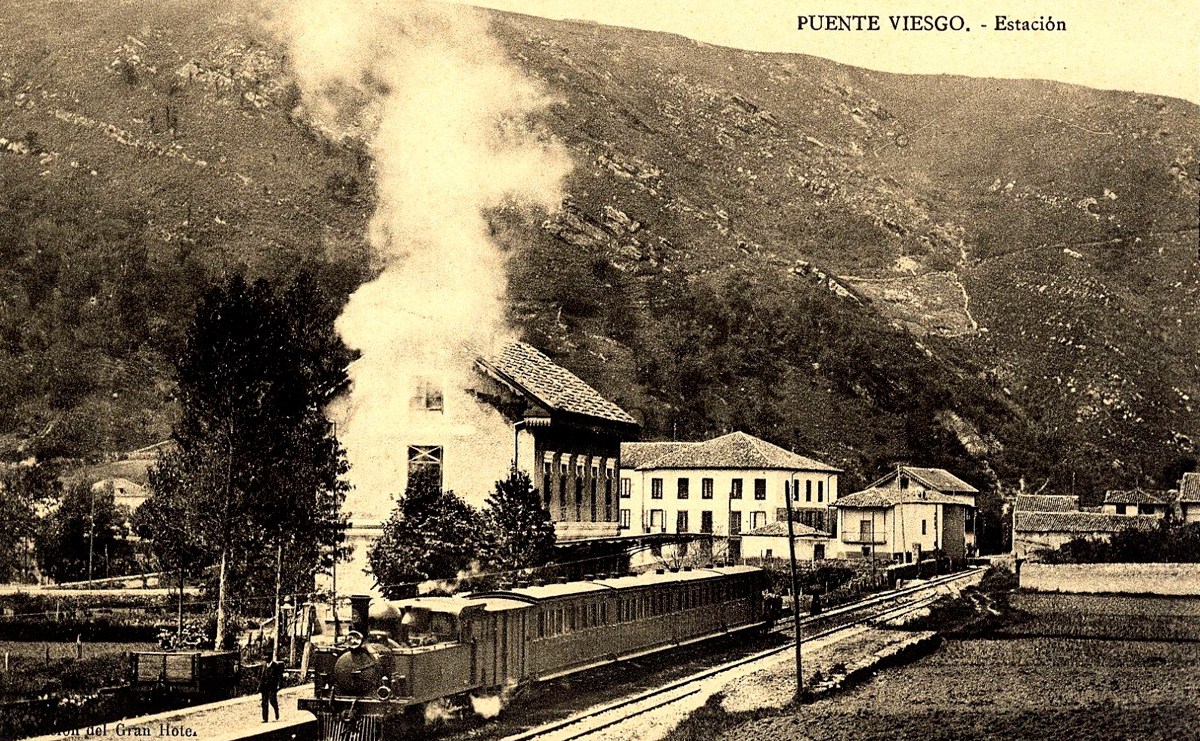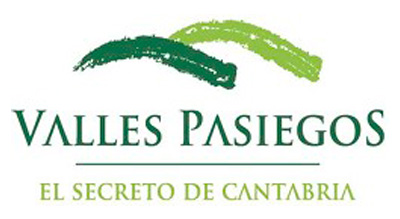Pas Greenway Nature Trail
History of the Railway

The Astillero-Ontaneda line, a modest narrow-gauge railway, started out with more ambitious plans. From the 19th century, Santander's residents wanted a direct route to the Inner Plateau, as an alternative to that of the Escudo Pass. Burgos was the objective of the different projects that, going up the Pas Valley, were designed to cross the watershed. This 34-km-long railway was conceived as the project's first phase. Unfortunately, Ontaneda, at the foot of the mountain pass, never saw trains go beyond its station. Opened in 1902, it linked up in Astillero with the Ferrocarril del Cantábrico's tracks, along which Santander Station was reached in just 9 km.
Its modest existence hardly experienced any ups and downs. In the 1920s, an important broad-gauge railway project put an end to its plans to become a grand railway linking with the Inner Plateau. This train, the famous "Santander-Mediterráneo," was also stillborn, leaving Santander with the only broad-gauge railway line it had at the beginning. Finally, under FEVE management, its poor economic performance put an end to the railway, which was closed in two phases: from Ontaneda to La Cueva in 1973, and from La Cueva to Astillero in 1976. It was one of the last closures in FEVE's metre-gauge network for decades.


